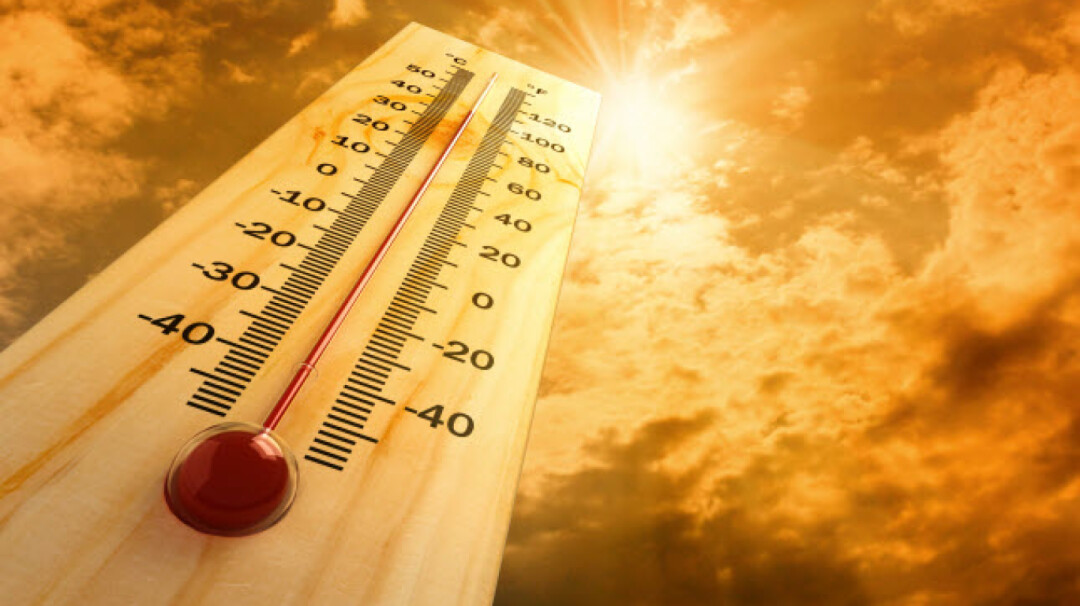
Introduction
Introduce yourself to the patient
Wash your hands
Briefly explain to the patient what the examination involves
Ask the patients to place their hands on a pillow
Always start with inspection and proceed as below unless instructed otherwise; be prepared to be instructed to move on quickly to certain sections by the examiner.
Inspection
Ask the patient to pronate their hands
Inspect for pathology in the:
Nails
Heberdens (DIPJ) or Bouchards (PIPJ) nodes (present in osteoarthritis)
Dorsum of the hand
Check the rotational axis of each finger (look from the tips of the fingers) to assess for any rotational deformity
Ask the patient to supinate their hands
Assess for any obvious pathology in the palms (e.g. Dupuytren’s contractures)
Ask the patient to flex their elbows and show you their elbows / dorsal surface of their forearms
Check for psoriatic plaques, rheumatoid nodules, or gouty tophi
Palpation
Ask the patient to again place their hands back on the pillow, in a supine position:
Assess temperature
Using the dorsal surface of your own hand,
feel distal to proximal along the patient’s hand 

and forearm, and compare
with the contralateral side
Feel for the radial pulse
Assess the muscle bulk of the thenar
eminence and hypothenar eminence
Run the pad of your thumb firmly over these areas
Compare for asymmetry, caused commonly by disuse or denervation
(i.e. carpal tunnel syndrome)
Assess the tendons of the hand, feeling for nodules or contractures
Ask the patient to pronate their hands:
Palpate the bony anatomy of the hands, feeling for any tenderness
The radial and ulnar styloid processes
The carpal bones
Along the length of each metacarpal
Gently squeeze all 4 MCP joints together (often painful in inflammatory arthropathies)
Bimanually palpate all of the MCP joints, PIP joints, and DIP joints
This is best done by placing the thumb and index finger around the joint in a pincer like grip, and the other hand the same at 90o to the first hand, feeling for tenderness and laxity in the joint
Movement
Ask the patient to keep the hands in the pronated position:
Check the extensors of the hand, asking the patient to
Extend the wrist against resistance (extensors)
Raise the thumb off of the pillow (EPL)
Hold the wrist passively in extension and ask the patient to extend their fingers (ED)
Flex the fingers to 90oat the MCP joints and ask the patient to extend their fingers again (lumbricals)
Ask the patient to supinate the hands:
Check the flexors of the hand, asking the patient to
Flex the wrist against resistance
Flex the fingers at the PIP joints
Isolate the 3 fingers that are not being tested (simply hold them in the natural anatomical position) and ask the patient to flex the finger being tested (FDS)
Flex the fingers at the DIP joints
Isolate the proximal and middle phalanges by holding them firmly and then asking the patient to flex the distal phalynx of that finger (FDP)
Check the action of the wrists, asking the patient
Abduct their wrists against resistance
Adduct their wrists against resistance
Check the action of the thumbs, asking the patient to
Flex the thumb (FPL)
Abduction the thumb (APL and APB)
Adduction the thumb (AP)
Opposition the thumb (OP)
Assess the functioning of the hand by assessing:
Power grip
Place two fingers in to the patient’s palm and ask them to squeeze as firmly as possible
Pincer grip
Ask the patient to pinch the tip of you finger
Fine motor function
Ask the patient to pick up a penny or do up the buttons on a shirt
Check the sensorimotor function of the terminal branches of the brachial plexus*:
Median nerve
Motor – confirm thumb abduction is present (tests APB)
Sensation – check at the radial border of tip of index finger
Radial nerve
Motor – confirm MCPJ extension is present (tests ED)
Sensation – check at the dorsal surface of first digital web space
Ulnar nerve
Motor – confirm finger abduction & adduction (tests palmar and dorsal interossei)
Sensation – check at the ulnar border of tip of little finger
Assess the vascular status of the hand by assessing:
Colour / temperature / capillary refill time
*In the context of trauma, a different assessment is performed, assessing each aspect of the brachial plexus in turn
Special Tests
Phalen’s Test (test for carpal tunnel syndrome)
Ask the patient to place the dorsal surfaces of their hands together and then fully flex the wrists (the ‘reverse prayer’). Hold for 30–60 seconds. This will reproduce their symptoms in positive cases
Tinel’s Test (test for carpal tunnel syndrome)
Gently percuss over the volar aspect of the carpal tunnel – this is found just distal to the wrist crease, overlying the carpal bones. In a positive test, the patient will report paraesthesia in the distribution of the median nerve
Finkelstein’s Test (test for DeQuervain’s Tenosynovitis)
The thumb is flexed across the palm and the fingers are then wrapped around it. The wrist is then passively adducted (or ulnar deviated). This causes a disproportionate amount of pain over the radial styloid on the affected side
Assess again by running down with the pad of your thumb
No comments:
Post a Comment